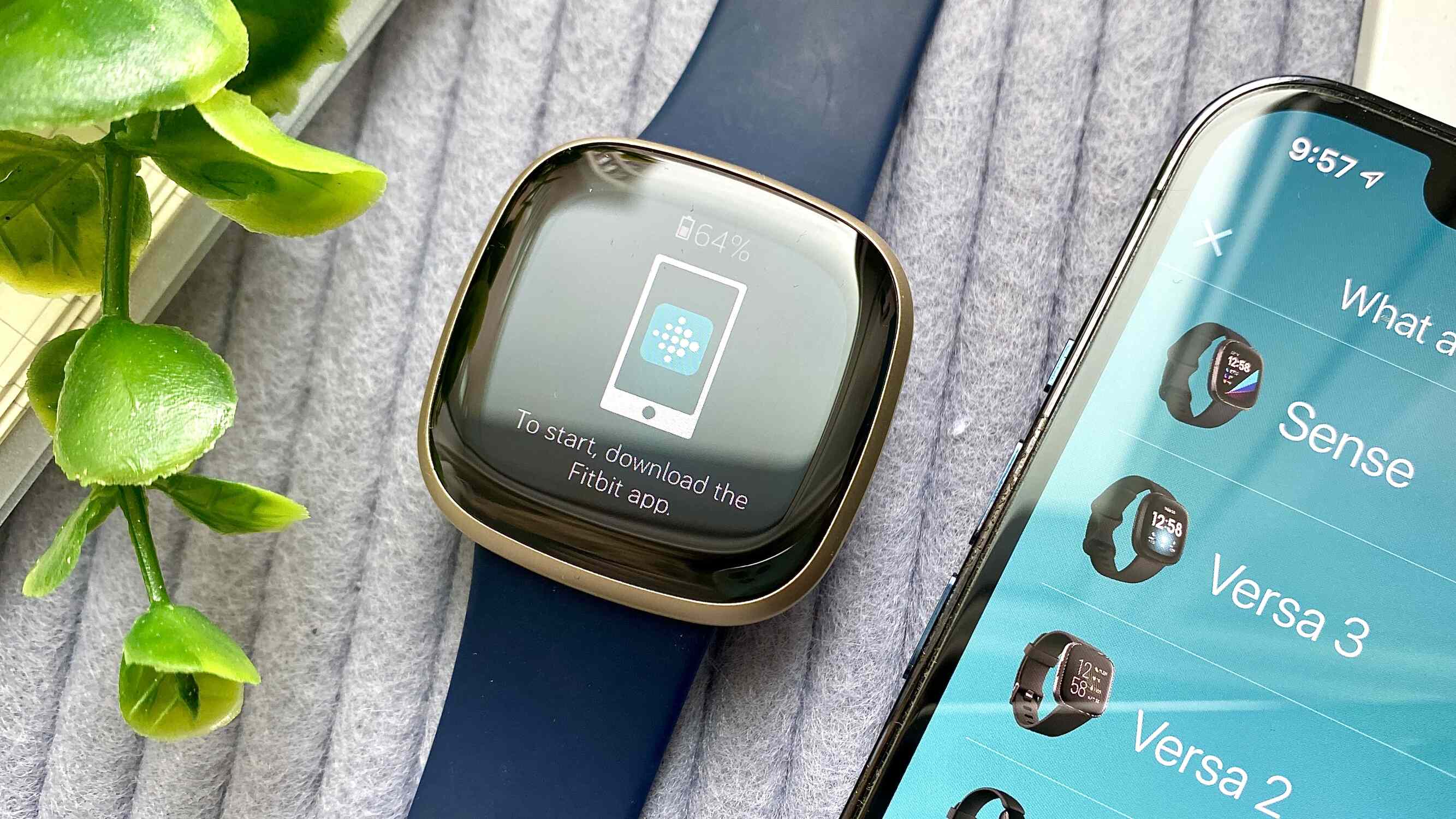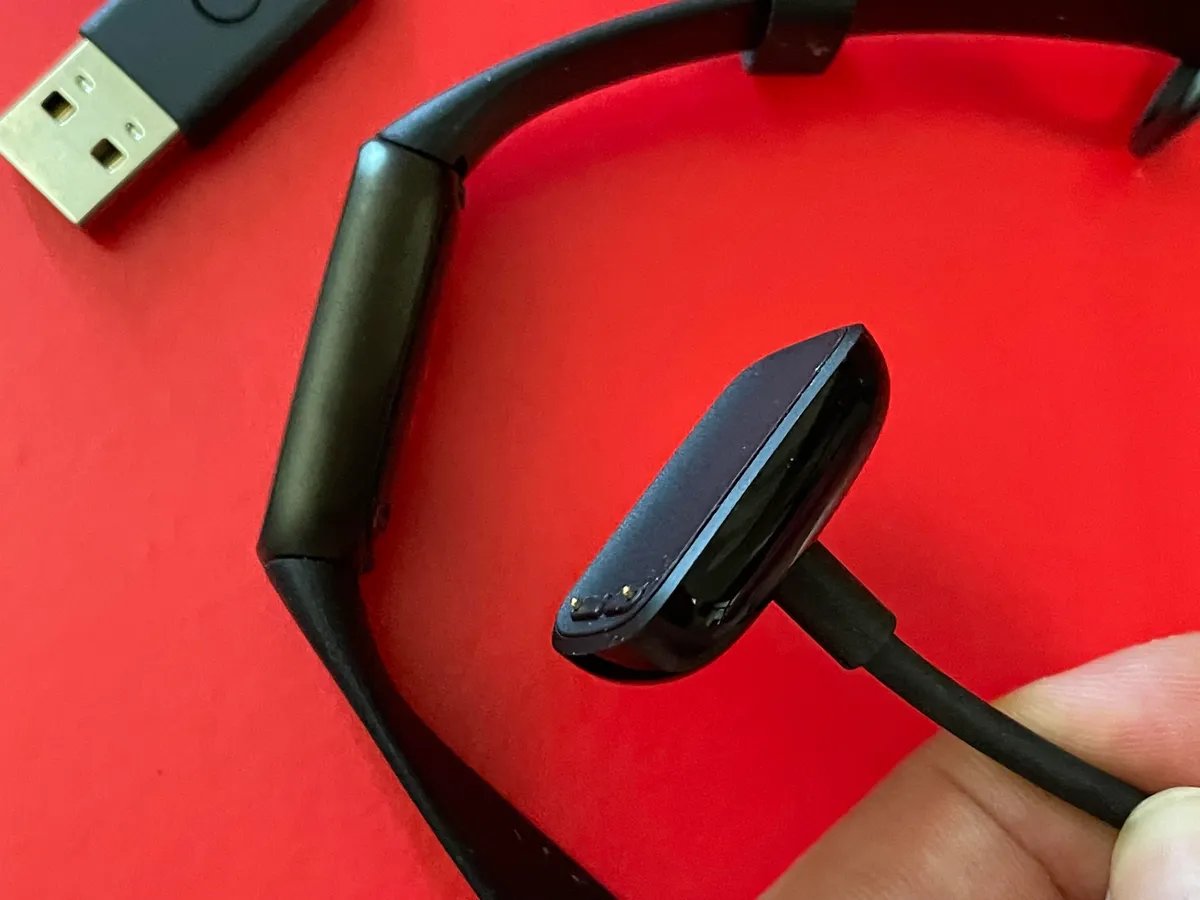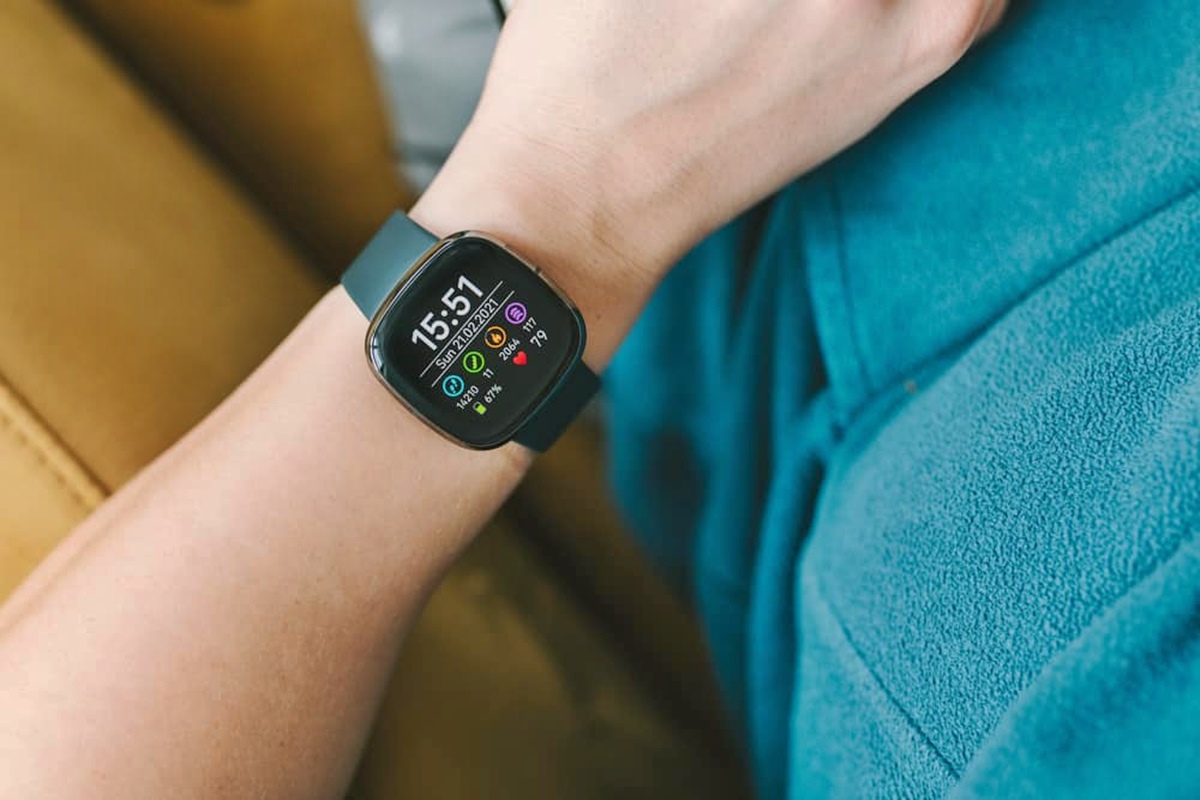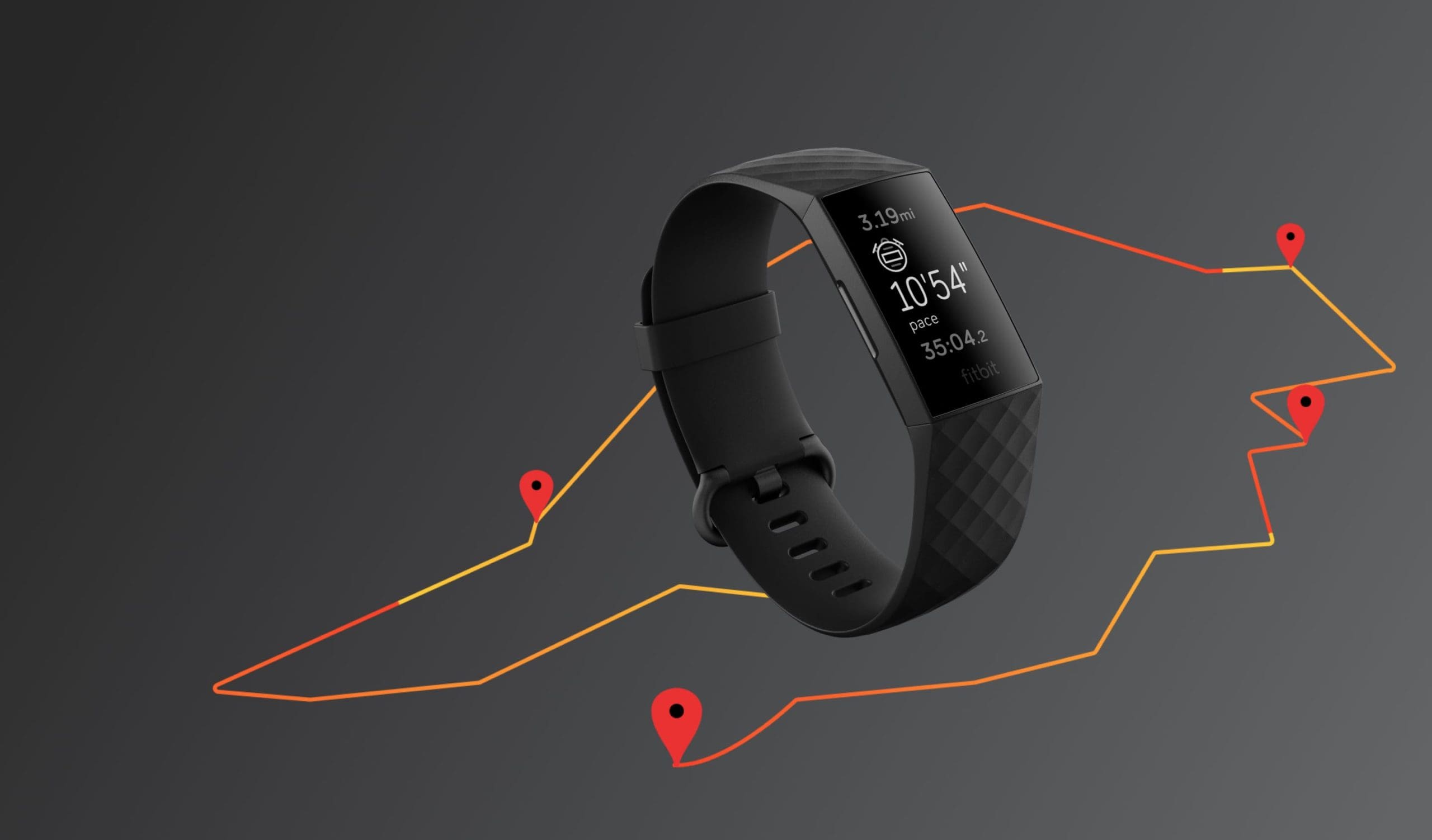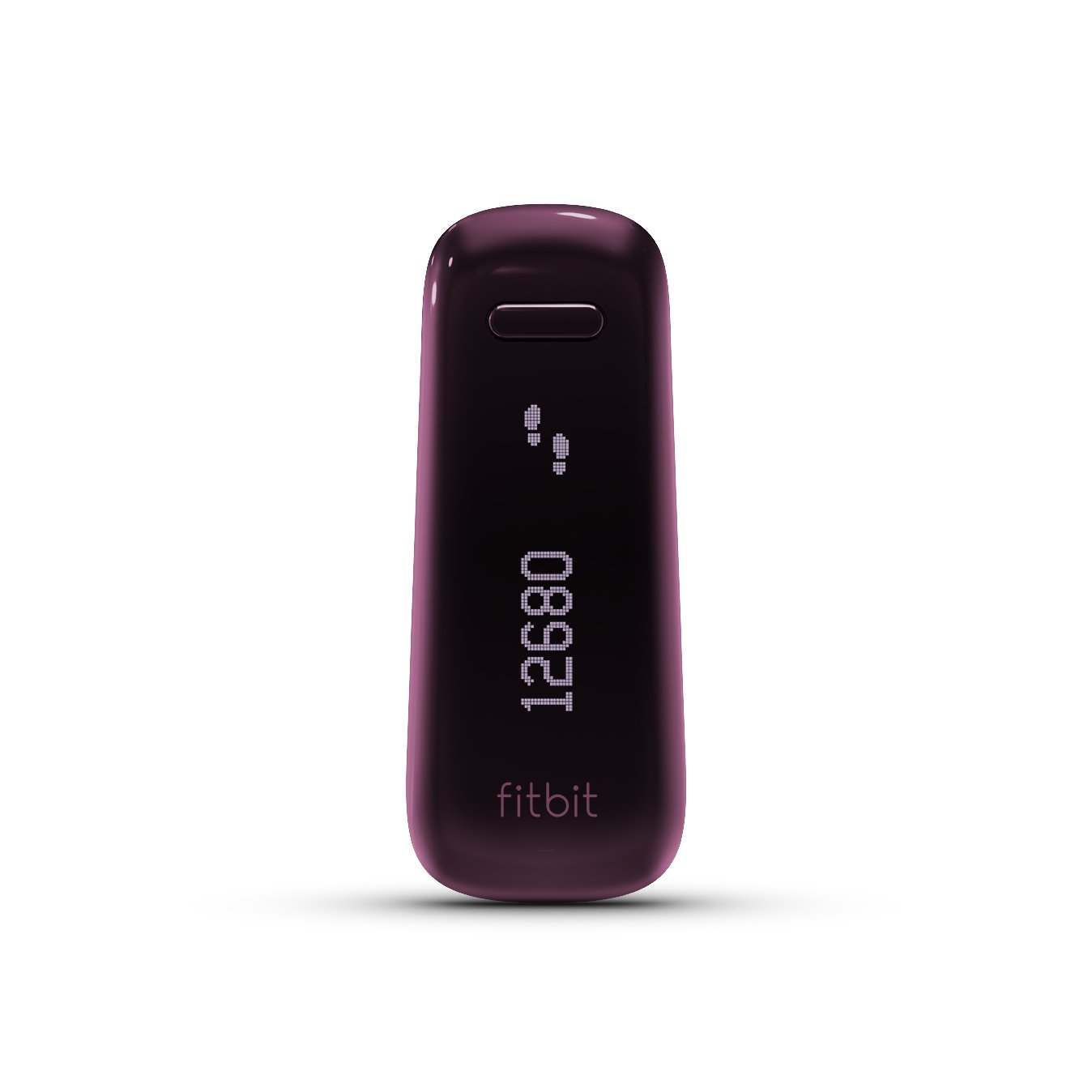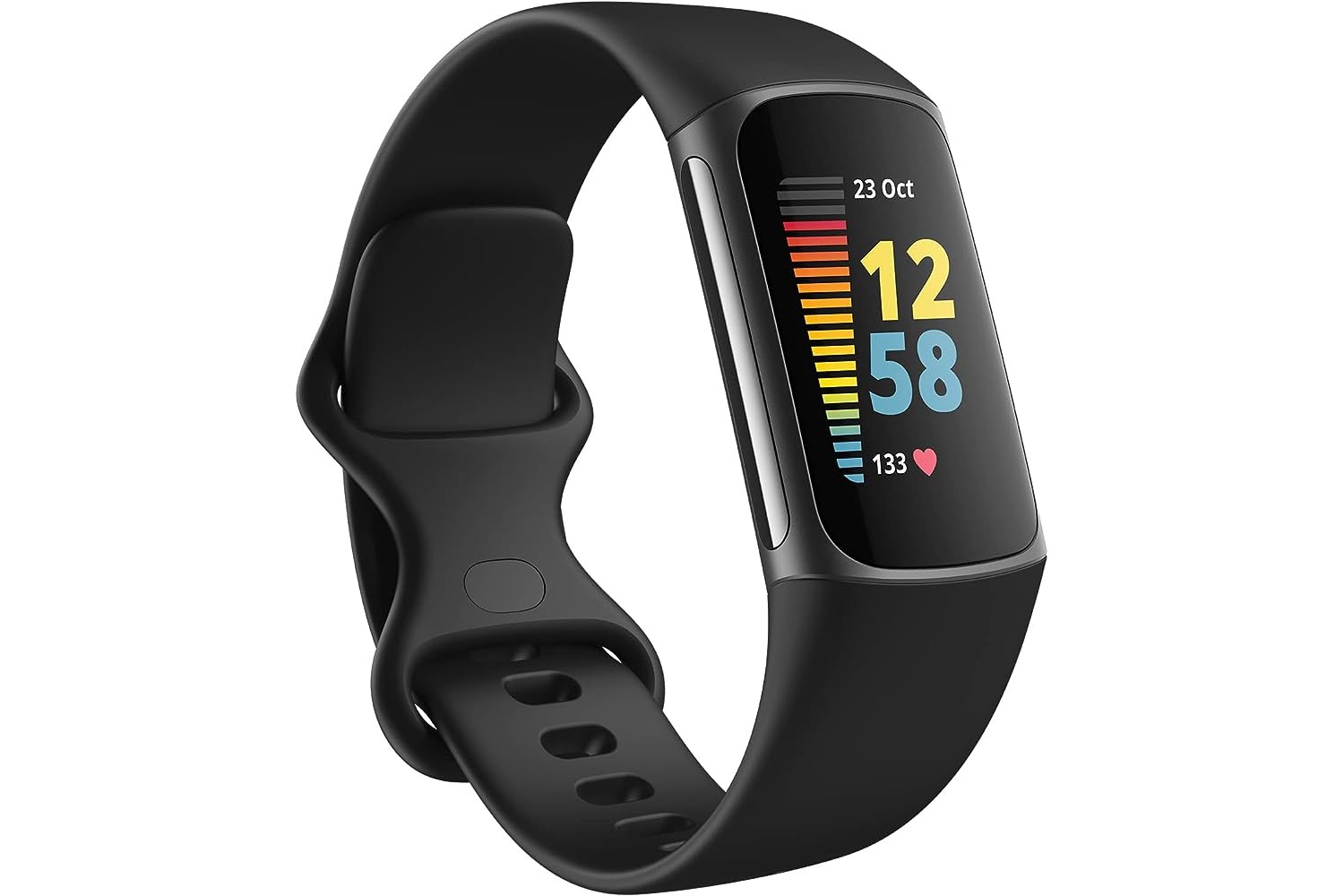Introduction
Wearable technology has revolutionized the way we approach fitness and wellness. Among the plethora of options available, Fitbit has emerged as a frontrunner, offering a range of innovative trackers that monitor activity, sleep patterns, heart rate, and more. These devices have become integral to millions of users' daily routines, providing valuable insights and motivation to lead healthier lives.
One crucial aspect of maximizing the functionality and performance of a Fitbit tracker is ensuring that its software remains up to date. Just as we update our smartphones and computers to access new features and enhance security, updating the software of a Fitbit tracker is essential for optimizing its capabilities.
In this guide, we will delve into the importance of updating Fitbit tracker software, the steps involved in the update process, and troubleshooting common issues that may arise. By the end of this article, you will have a comprehensive understanding of how to keep your Fitbit tracker running smoothly and efficiently.
As wearable technology continues to evolve, staying informed about software updates is crucial for harnessing the full potential of these devices. Let's embark on this journey to ensure that your Fitbit tracker remains at the forefront of innovation and functionality.
Why Update Fitbit Tracker Software?
Updating the software of your Fitbit tracker is not merely a mundane task; it is a pivotal aspect of maintaining the device's optimal performance and functionality. The following reasons underscore the significance of keeping your Fitbit tracker software up to date:
1. Enhanced Features and Functionality
Software updates often introduce new features and functionality to Fitbit trackers, enriching the user experience. These updates may include improvements to existing features, the addition of new activity tracking modes, enhanced sleep tracking algorithms, and more. By staying current with software updates, users can access these advancements and leverage the full potential of their Fitbit tracker.
2. Improved Performance and Stability
Software updates frequently include performance enhancements and bug fixes that contribute to the overall stability of the Fitbit tracker. Addressing software glitches and optimizing the device's performance ensures a seamless user experience, minimizing disruptions and maximizing the accuracy of activity and health data.
3. Security Enhancements
Just like any other digital device, Fitbit trackers benefit from regular security updates. These updates are designed to fortify the device against potential vulnerabilities and threats, safeguarding sensitive user data and ensuring a secure usage environment. By updating the software, users can mitigate security risks and maintain peace of mind while utilizing their Fitbit tracker.
4. Compatibility with New Devices and Services
As Fitbit continues to innovate and expand its ecosystem, software updates enable compatibility with new devices and services. Whether it's syncing with a new smartphone model or integrating with a health and fitness platform, staying current with software updates ensures seamless interoperability with evolving technologies and services.
5. Battery Optimization
Software updates often include optimizations that enhance battery life, prolonging the duration between charges. By updating the software, users can benefit from improved power management, extending the longevity of their Fitbit tracker's battery and minimizing the need for frequent recharging.
In essence, updating the software of your Fitbit tracker is a proactive measure that empowers users to capitalize on the latest advancements, fortify the device's performance and security, and ensure compatibility with emerging technologies. By embracing these updates, users can elevate their fitness and wellness journey while maximizing the value derived from their Fitbit tracker.
How to Update Fitbit Tracker Software
Updating the software of your Fitbit tracker is a straightforward process that can be accomplished through the Fitbit mobile app or Fitbit Connect, depending on the specific model of your tracker. Here's a step-by-step guide to ensure that your Fitbit tracker remains equipped with the latest software version:
-
Check Compatibility and Requirements: Before initiating the update, ensure that your Fitbit tracker is compatible with the latest software version. Additionally, verify that your mobile device or computer meets the system requirements for running the Fitbit app or Fitbit Connect.
-
Connect to Power Source: To prevent any interruptions during the update process, it's advisable to connect your Fitbit tracker to a power source, especially if its battery level is low. This safeguards against the risk of the tracker powering off midway through the update.
-
Update via Fitbit Mobile App:
- Open the Fitbit app on your smartphone or tablet.
- Navigate to the "Today" tab and tap on your profile picture.
- Select your Fitbit tracker from the list of connected devices.
- Look for the option to update the software and follow the on-screen prompts to initiate the update process.
- Ensure that your mobile device remains in close proximity to your Fitbit tracker throughout the update.
-
Update via Fitbit Connect:
- If your Fitbit tracker is not compatible with the Fitbit mobile app, you can utilize Fitbit Connect on a computer to update its software.
- Install Fitbit Connect on your computer and follow the on-screen instructions to set up the connection with your Fitbit tracker.
- Once connected, navigate to the software update section within Fitbit Connect and initiate the update process as prompted.
-
Monitor the Update Progress: During the update, it's essential to monitor the progress to ensure that it completes successfully. Depending on the size of the update and the speed of your internet connection, the process may take several minutes to complete.
-
Reboot and Sync: After the software update is finished, it's advisable to reboot your Fitbit tracker and initiate a sync with the Fitbit app to ensure that all data is up to date and synchronized across devices.
By following these steps, you can seamlessly update the software of your Fitbit tracker, ensuring that it remains equipped with the latest features, performance enhancements, and security updates. Regularly checking for software updates and staying current with the latest versions is integral to maximizing the potential of your Fitbit tracker and enjoying an optimized user experience.
Troubleshooting Common Issues
While updating the software of your Fitbit tracker is generally a seamless process, there are instances where users may encounter common issues that hinder the update or impact the functionality of the device. Here are some troubleshooting steps to address these issues:
1. Connectivity Problems
If you encounter connectivity issues during the update process, ensure that your Fitbit tracker is within close proximity to your mobile device or computer. Additionally, verify that Bluetooth is enabled on your mobile device and that it is not connected to multiple Bluetooth devices simultaneously, which can cause interference. If using Fitbit Connect on a computer, check the USB connection and try using a different USB port if connectivity issues persist.
2. Update Failures
In the event of a failed update, restart your Fitbit tracker and attempt the update process again. It's also advisable to restart your mobile device or computer to ensure that the update is initiated from a clean state. If the update continues to fail, consider resetting your Fitbit tracker to its factory settings and then attempting the update once more.
3. Battery Drain
Following a software update, some users may experience unexpected battery drain on their Fitbit tracker. To address this, perform a restart on the tracker, which can help optimize its power management. If the issue persists, consider disabling certain features or settings that may be contributing to excessive battery consumption, such as continuous heart rate monitoring or automatic exercise detection.
4. Syncing Issues
If the update process results in syncing issues between your Fitbit tracker and the Fitbit app, try restarting both devices and initiating the sync again. Ensure that the Fitbit app is updated to the latest version and that your mobile device has a stable internet connection. If syncing problems persist, consider removing the Fitbit tracker from the app and re-adding it to establish a fresh connection.
5. Error Messages
Should you encounter error messages during the update process, take note of the specific error code or message displayed. Refer to the Fitbit support website or community forums to identify the corresponding troubleshooting steps for the specific error. In some cases, error messages may indicate underlying hardware issues that require assistance from Fitbit's customer support.
By addressing these common issues through the suggested troubleshooting steps, users can navigate potential obstacles during the software update process and ensure that their Fitbit tracker remains updated and fully functional. Regularly staying informed about troubleshooting techniques empowers users to overcome challenges and maintain a seamless experience with their Fitbit tracker.
Conclusion
In conclusion, staying proactive about updating the software of your Fitbit tracker is paramount for unlocking its full potential and ensuring a seamless user experience. By embracing software updates, users gain access to enhanced features, improved performance, and fortified security, thereby maximizing the value derived from their Fitbit tracker.
The process of updating the Fitbit tracker software, whether through the Fitbit mobile app or Fitbit Connect, is designed to be user-friendly and accessible. By following the outlined steps, users can effortlessly keep their devices equipped with the latest advancements and optimizations, empowering them to make the most of their fitness and wellness journey.
Furthermore, staying informed about common issues and troubleshooting techniques is instrumental in overcoming potential obstacles that may arise during the update process. By addressing connectivity problems, update failures, battery drain, syncing issues, and error messages, users can navigate challenges with confidence, ensuring that their Fitbit tracker remains updated and fully functional.
As wearable technology continues to evolve, Fitbit remains at the forefront of innovation, consistently introducing new features and performance enhancements to its range of trackers. By prioritizing software updates, users can align with Fitbit's commitment to delivering cutting-edge functionality, security, and compatibility, thereby elevating their overall experience with the device.
In essence, the journey of updating Fitbit tracker software is not merely a technical task; it is a testament to the dedication to maximizing the potential of wearable technology in enhancing individual health and wellness. By embracing software updates and troubleshooting techniques, users can embark on this journey with confidence, knowing that their Fitbit tracker is equipped to support and inspire their pursuit of a healthier lifestyle.
Ultimately, the decision to update the software of your Fitbit tracker is a proactive investment in the device's longevity, functionality, and security. It is a testament to the commitment to harnessing the full spectrum of benefits that Fitbit trackers offer, ensuring that each user's journey towards improved health and fitness is supported by the latest advancements and optimizations.
In the ever-evolving landscape of wearable technology, the act of updating Fitbit tracker software is not merely a routine task; it is a deliberate step towards embracing innovation, maximizing functionality, and fortifying the foundation of a healthier, more active lifestyle.








